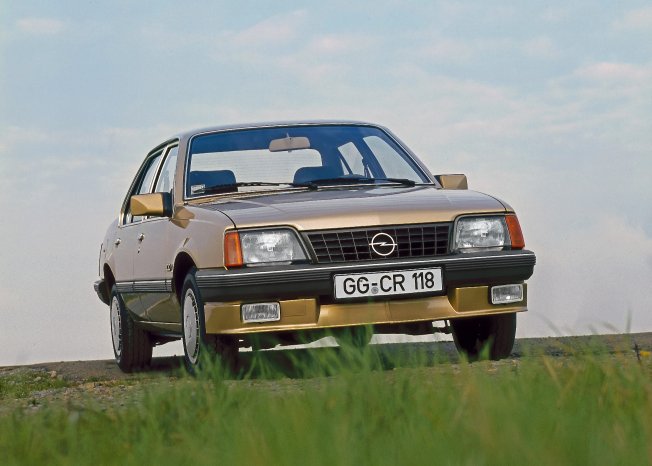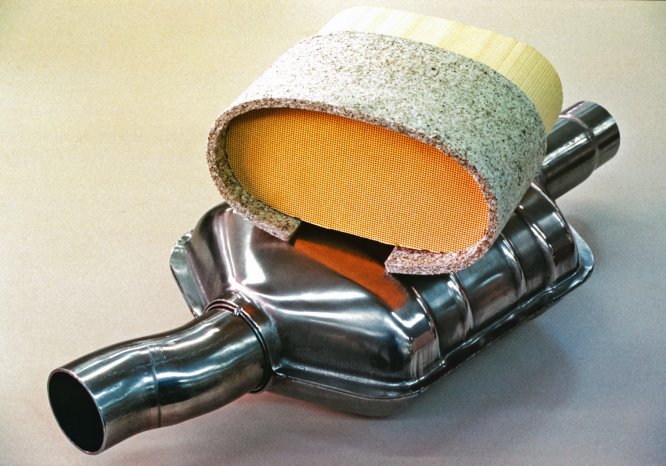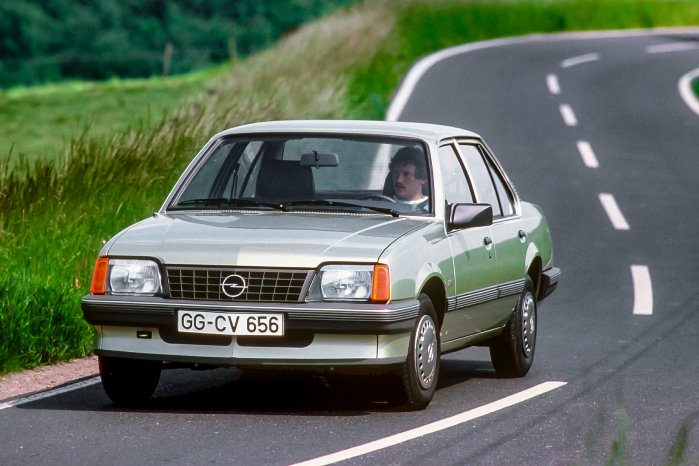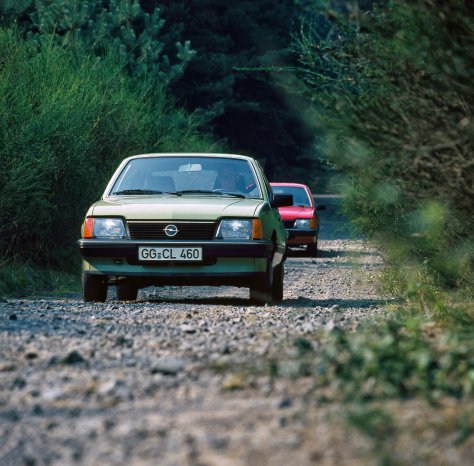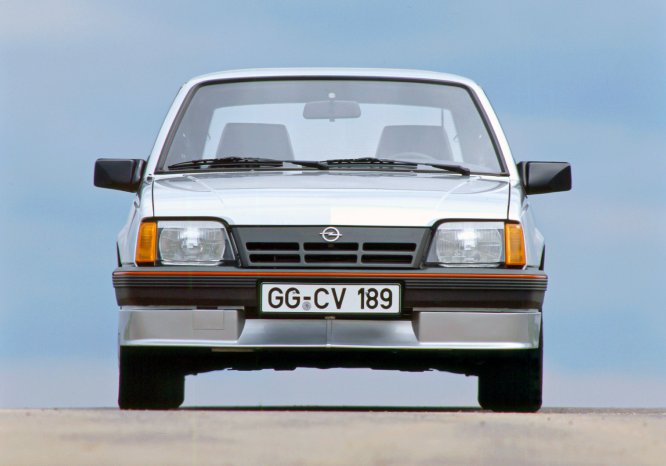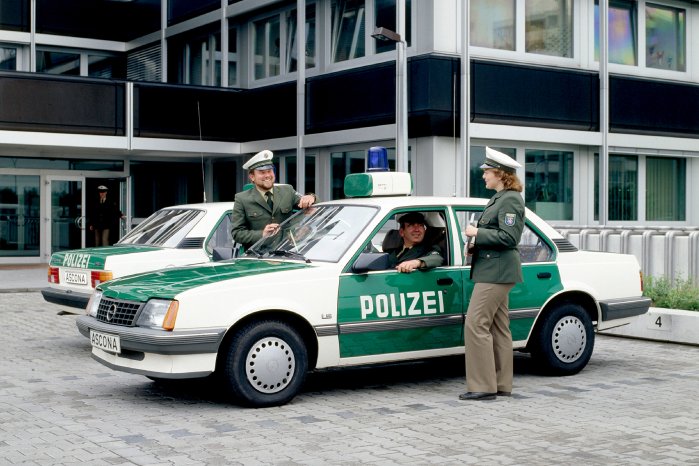- Forerunner: after the Ascona the whole Opel model range got catalytic converters
- Complicated operation: Ascona significantly modified for three-way catalytic converter
- Eye for detail: even fuel tank filler neck redesigned for unleaded petrol
- Major commitment: Opel invested DM 1.0 billion in catalytic converter development
The Rhineland-Palatinate police force took delivery of the first Ascona 1.8i with three-way catalytic converter actually produced, on December 7, 1984. During the course of the following year, Opel introduced catalytic converters across the model range – from Corsa, Kadett and Ascona, to Rekord, Monza and Senator. The German manufacturer was the first European brand to offer three-way catalytic converters standard.
Catalytic converters are not all the same
Opel’s engineers were well aware that European traffic conditions necessitated the appropriate technology and quality. They therefore developed a catalytic converter especially for European driving conditions – just as they would when it came to bodywork, suspension, engines and brakes. For Opel, it was about more than just installing a catalytic converter in the exhaust system; reducing emissions via catalytic converter represented a complicated operation on the “internal organs” of the automobile.
Compared with a conventional car, the design of a vehicle with catalytic converter required numerous alterations. For example, the converter radiates a lot of heat when it has reached its operating temperature (600 degrees Celsius). Heat-sensitive components and the passenger compartment therefore needed protection from reflective shields.
In order for the catalytic converter to operate at optimum efficiency, it required an electronic mixture preparation system and a multitude of controls, which in turn made further modifications necessary. Even the filler neck of the fuel tank needed a redesign to prevent drivers from mistakenly filling the tank with leaded instead of unleaded petrol.
One billion Deutsche Mark for the environmentally friendly automobile
Opel committed more than one billion Deutsche Mark (DM) as well as hundreds of engineers to the development of catalytic converters and the environmentally friendly automobile. The company invested DM 100 million alone in new test rigs and test equipment for durability and high-speed testing.
The new facilities also included a 13-storey-high “soak tower”. In this insulated building, more than 130 cars could be prepared simultaneously for emissions testing. The standards required that, before the emissions test, each car had to be stored for at least 12 hours at a temperature of 20 to 25 degrees Celsius.
As well as offering cars with a three-way catalytic converter installed at the factory, Opel offered customers a kit for retrofit. However, the carmaker was not content to innovate only in technology. Opel also took new paths in Public Relations. The company offered people the opportunity to inform themselves actively about catalytic converters and retrofitting. For a few hours every day, motorists and interested parties could call a telephone “hotline” and get answers to their questions first-hand from the company’s experts.
Today, 35 years after introducing the three-way catalytic converter on the Ascona 1.8i, Opel continues to take its responsibility for the environment seriously. Following the Opel Grandland X as plug-in hybrid and the battery powered Opel Corsa-e, the brand recently unveiled the new Mokka-e, the Vivaro-e and the Zafira-e Life, all with pure electric drive and therefore locally emission-free.
